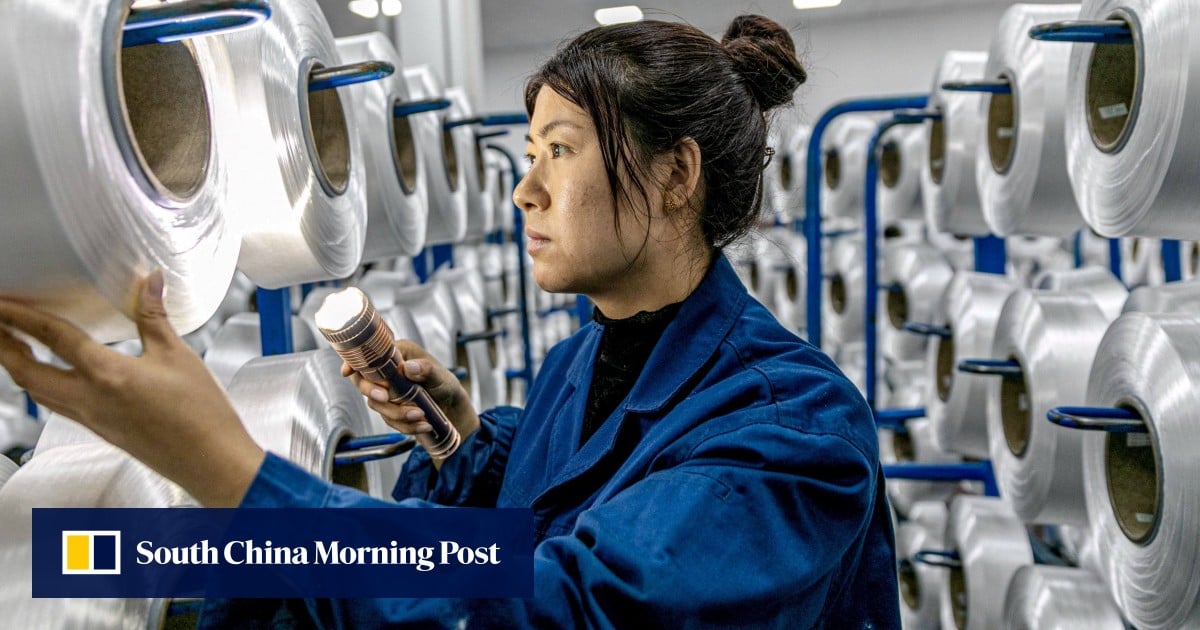
As the year-over-year figure is distorted upwards by the low benchmark, analysts have focused on first-quarter growth compared to the fourth quarter for a better view of the real economic trend.
In terms of inflation and seasonal adjustments, China’s gross domestic product (GDP) rose 0.6% in the first quarter of this year, quarter-on-quarter, compared to a revised 3.2% increase in the fourth quarter, lacking Growth of 1 , 4% expected by the average forecasts of economists in the Bloomberg survey. The NBS revised its fourth-quarter growth rate from 2.6% initially reported.
Broadly speaking, the momentum seems to have been generally stable in March. But this was not enough to prevent a weaker quarter following a slowdown around the end of the year.
“China’s GDP growth rose to a record year-on-year level in the last quarter. But this was entirely due to a weaker base for comparison than last year’s historical recession. In quarterly terms, growth has fallen sharply and, except for the first quarter of last year, has been slower than ever in the past decade, ”said Julian Evans-Pritchard, senior economist in China at Capital Economics.
“Broadly speaking, the momentum seems to have been generally stable in March. But this was not enough to prevent a weaker quarter following a slowdown around the end of the year. The result is that with the economy already over its pre-virus trend and withdrawn political support, China’s post-Covid return is shrinking.
“We expect quarterly growth to remain modest for the rest of this year, as the recent construction and export boom eases, pulling activity back on track.”
Retail sales, a key measure of consumer spending in the world’s most populous nation, rose 34.2 percent, slightly up from 33.8 percent in January and February and above projection for growth estimated at 28 percent in the Bloomberg poll.
Investment in fixed assets – a level of expenditure on items, including infrastructure, property, machinery and equipment – increased by 25.6% in January-March compared to a year earlier, compared with a gain of 35.0% in the first two months of the year. This was below the median of the Bloomberg poll, which called for a 26% increase.
China has set a goal of creating 11 million new urban jobs and an urban unemployment rate of 5.5% for this year.